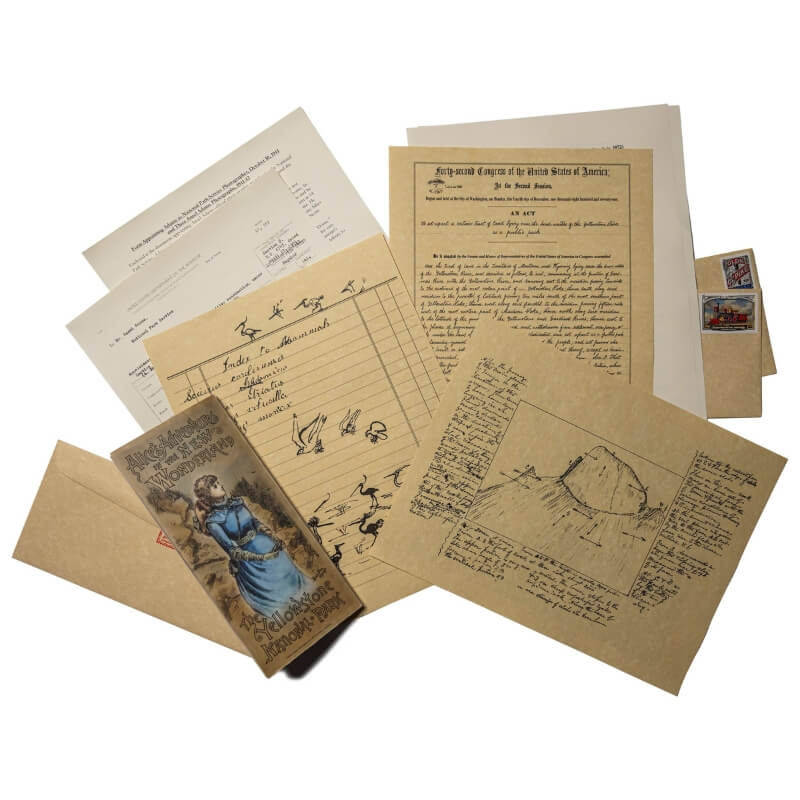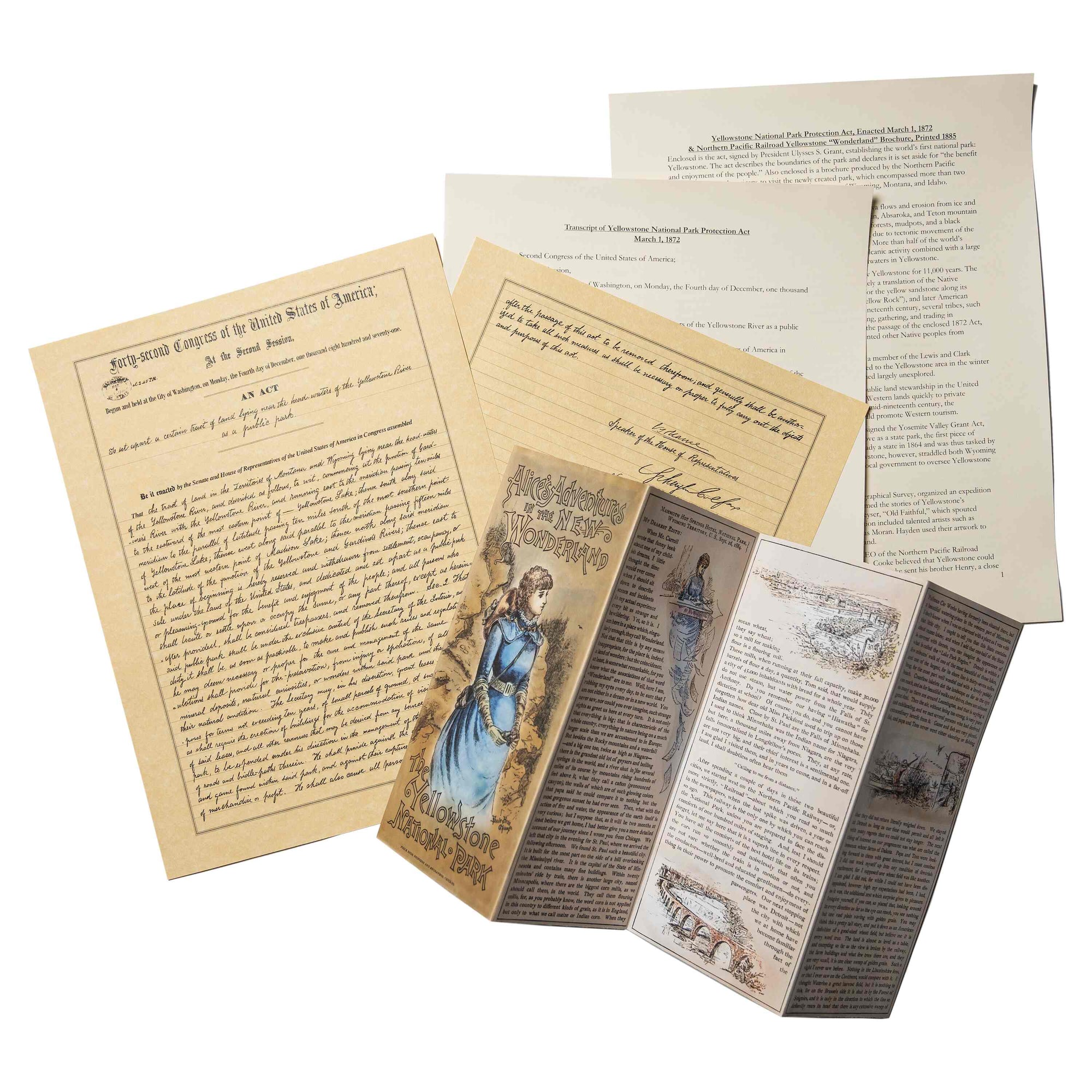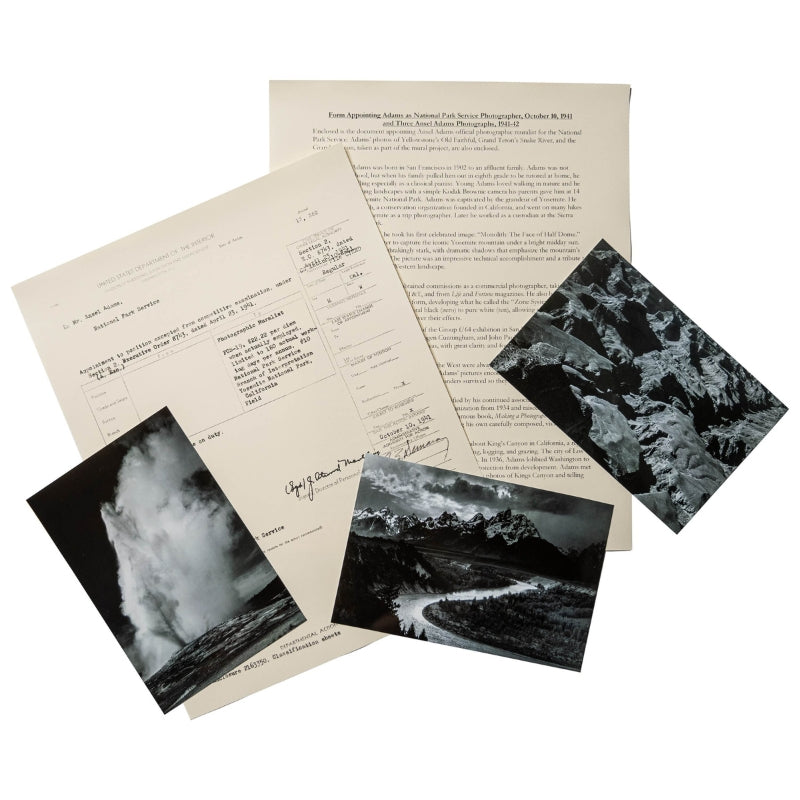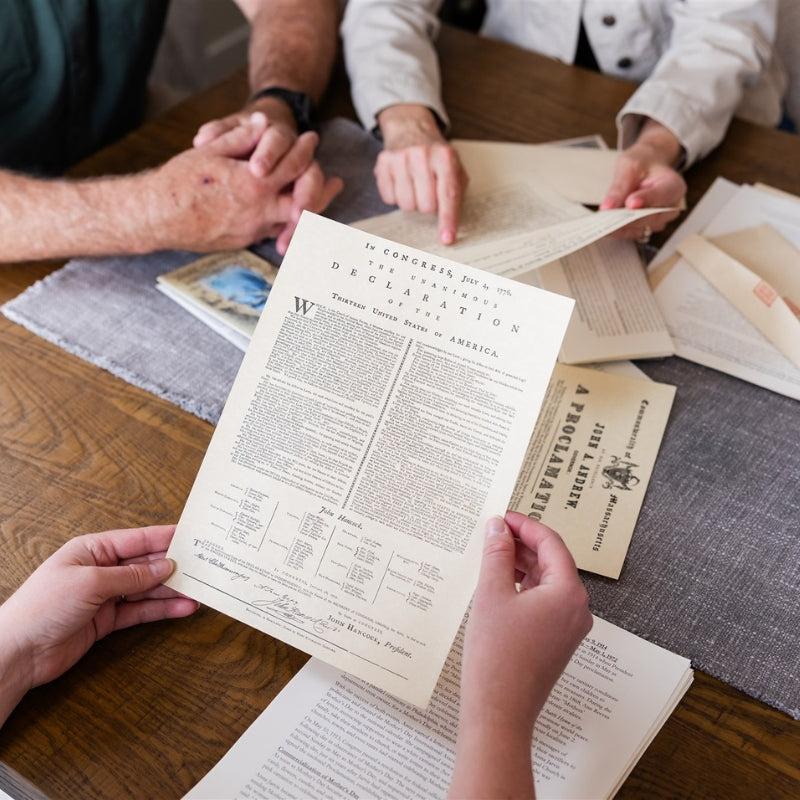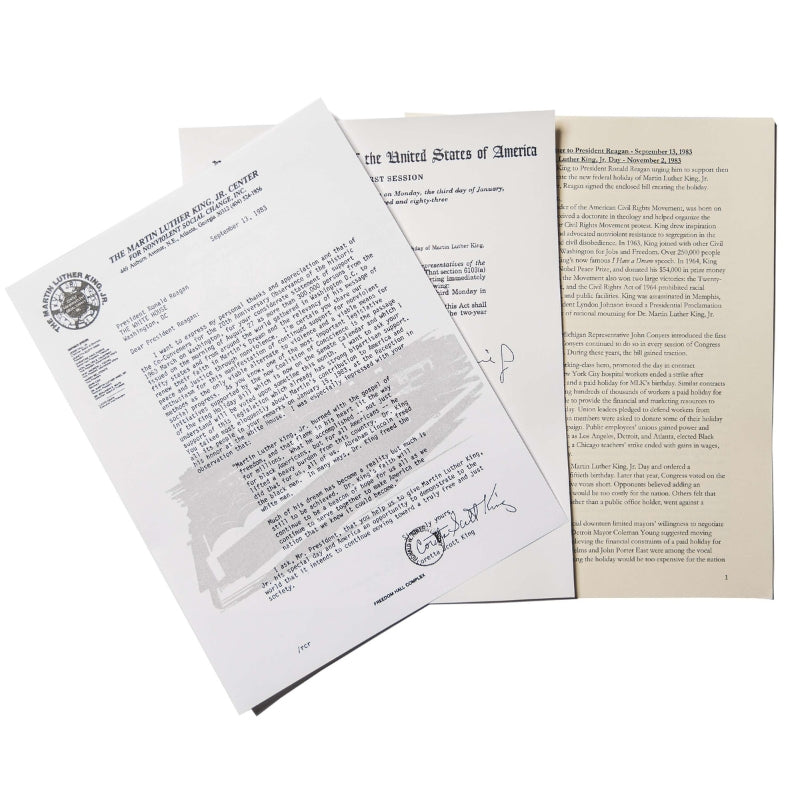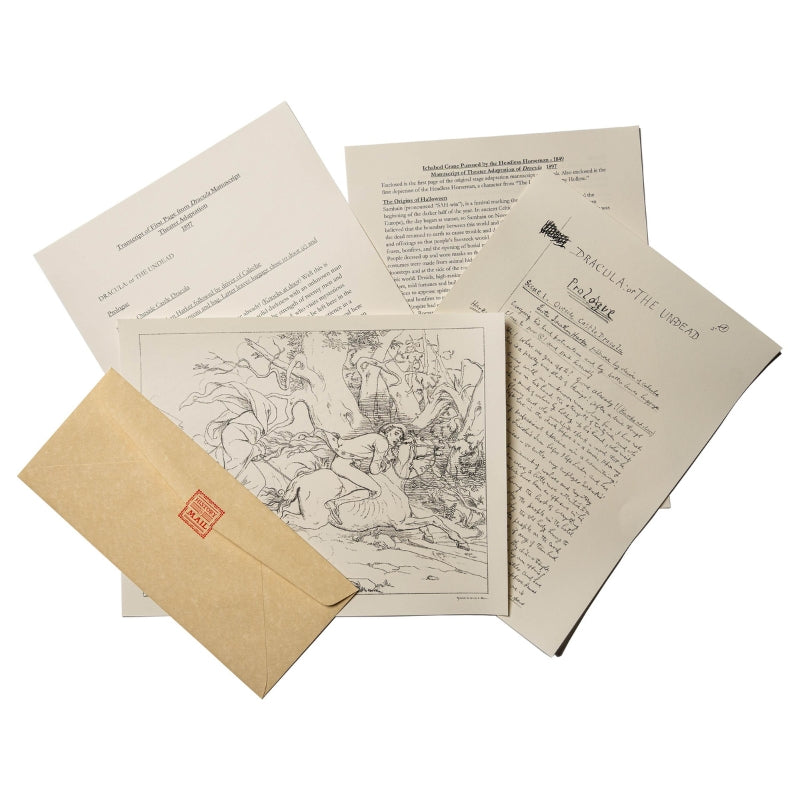Early American Postal Service
Questions for Reflection:
- How did the appointment of Postmistress Goddard as the first woman postmaster in the United States challenge prevailing gender norms and pave the way for women's involvement in public office?
- What were some of the key roles and responsibilities undertaken by Postmistress Goddard during her tenure, and how did her efforts contribute to the development of the early postal system in the United States?
- In what ways did Postmistress Goddard's involvement in the American Revolution extend beyond her postmaster duties? How did she utilize her position to support the revolutionary cause and disseminate important information among the colonies?
- What impact did Postmistress Goddard's printing of the Goddard Broadside, which included the signatories' names of the Declaration of Independence, have on raising awareness about the nation's independence and fostering a sense of unity among the American people?
- How did Postmistress Goddard's entrepreneurial spirit manifest in her establishment and publication of the Maryland Journal and Baltimore Advertiser? What role did this newspaper play in shaping public opinion during the Revolutionary War, and how did it contribute to the broader landscape of journalism and freedom of the press?
Reflecting on these questions can deepen our understanding of Postmistress Goddard's significance in history, her contributions to various spheres, and the lasting impact of her pioneering achievements.
There are ten known copies of Mary Katherine Goddard's printing of the Declaration of Independence, known as the Goddard Broadside, still in existence. Look closely at the bottom of the image below to see Mary Katherine Goddard's name as the printer. Although she usually printed her name as "MK Goddard", she recognized the importance of the opportunity and included her full name on the broadside.

The location of Mary Katherine Goddard's Baltimore print shop is 125 E. Baltimore Street in Baltimore, Maryland. The location of the Continental Congress in Boston, which met in the Henry Fite House, is now the Royal Farms Arena.
Benjamin Franklin
When Benjamin Franklin was appointed as the first Postmaster General under the Continental Congress in 1775, he already had significant experience in the postal service. He had served as postmaster of Philadelphia from 1737, and joint Postmaster General of the colonies from 1753 to 1774 under the Crown Post. While postmaster, Franklin made several innovations: he created a standardized rate chart for mail delivery based on weight and distance, instituted overnight postal travel between New York and Philadelphia, and
Samuel Osgood
Samuel Osgood served as the fourth Postmaster General of the United States, and the first under the new U.S. Constitution. During his time as Postmaster General, he lived in New York City and allowed President and Lady Washington to live with him in his opulent house (the term “First Lady” was not coined until the mid-nineteenth century). Osgood held this position from 1789 until 1791, when the national government moved from New York City to Philadelphia for ten years before settling in Washington, D.C. Osgood would later be elected as the first president of the newly formed City Bank of New York, which later became Citibank, and then today’s Citigroup.
First U.S. Post Office
In February 1792, President George Washington signed the Postal Service Act, officially establishing the U.S. Post Office Department. In addition to establishing the Post Office, the Postal Service Act set in place mail subsidies to promote the distribution of newspapers, considered crucial to an informed electorate and the promotion of the right to free press. The subsidies allowed for newspapers could be sent to subscribers for only 1 penny up to 100 miles away from the publisher and 1.5 cents over 100 miles, while regular letters cost between 6 and 25 cents. These subsidized prices cost the new U.S. government roughly 0.2% of the Gross Domestic Product. The Postal Service Act had far reaching consequences, spurring economic growth, raising literacy rates, connecting distant communities, and allowing for the newfound freedom of press to be implemented.
Mary Katherine and William Goddard's Rift
While serving as Postmaster, Mary and her brother parted ways. In 1784, William’s name replaced Mary Katherine’s on their printer’s emblem. William ran the newspaper while Mary continued as a publisher, bookseller, and Postmaster. Later that year, William and Mary published rival almanacs, and William attacked both Mary’s almanac and her character. Mary then sold her share in the Maryland Journal to her brother.
Replica source: United States, and Continental Congress Broadside Collection. In Congress, July 4, . The unanimous declaration of the thirteen United States of America. [Baltimore, in Maryland: Printed by Mary Katharine Goddard, 1777] Online Text. https://www.loc.gov/item/90898037/.
You may also like
National Parks Add-On Subscription
National Parks Add-On Subscription



Free subscription shipping in the US
U.S. Holidays Add-On Subscription
U.S. Holidays Add-On Subscription



Free subscription shipping in the US

